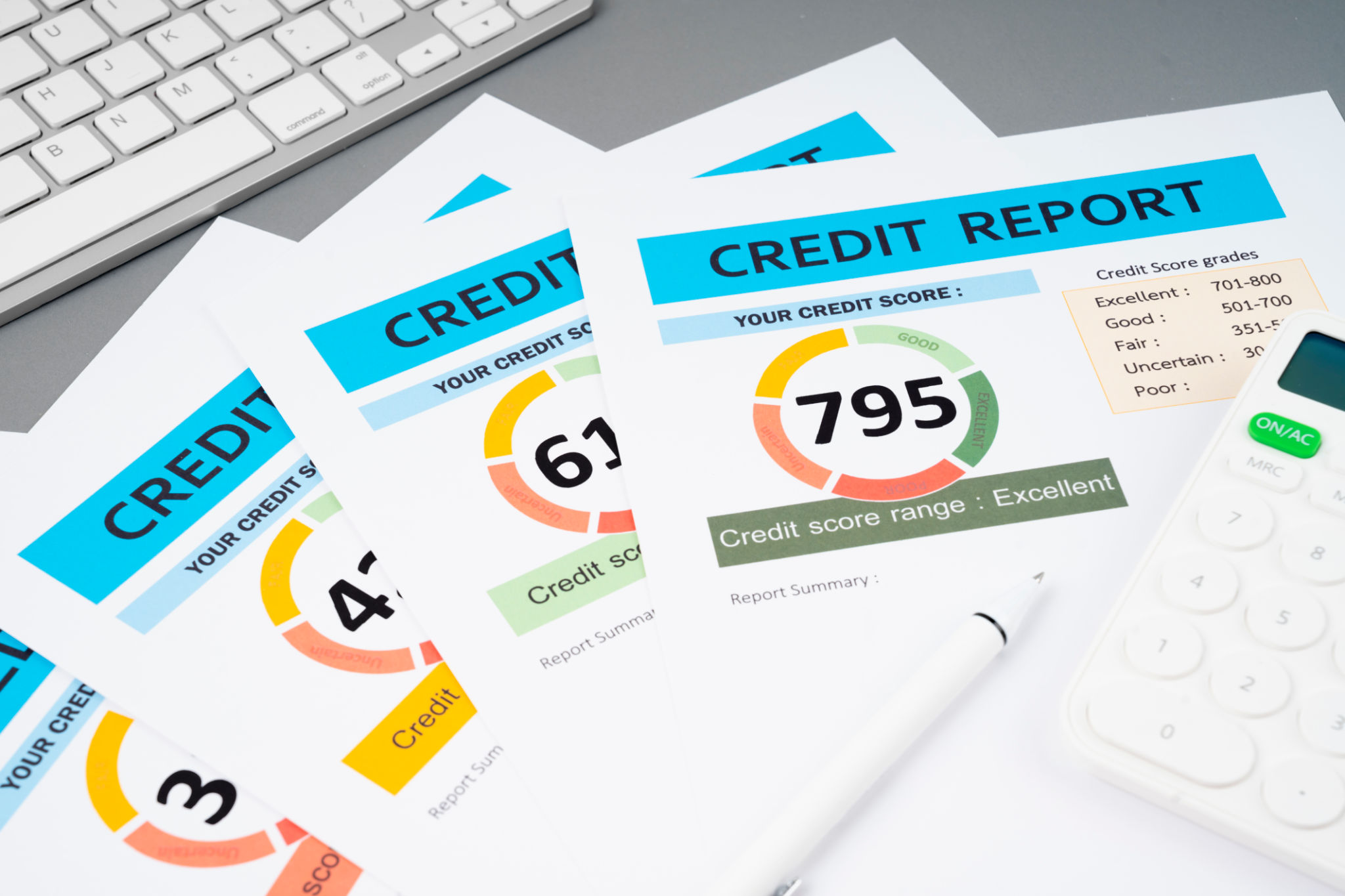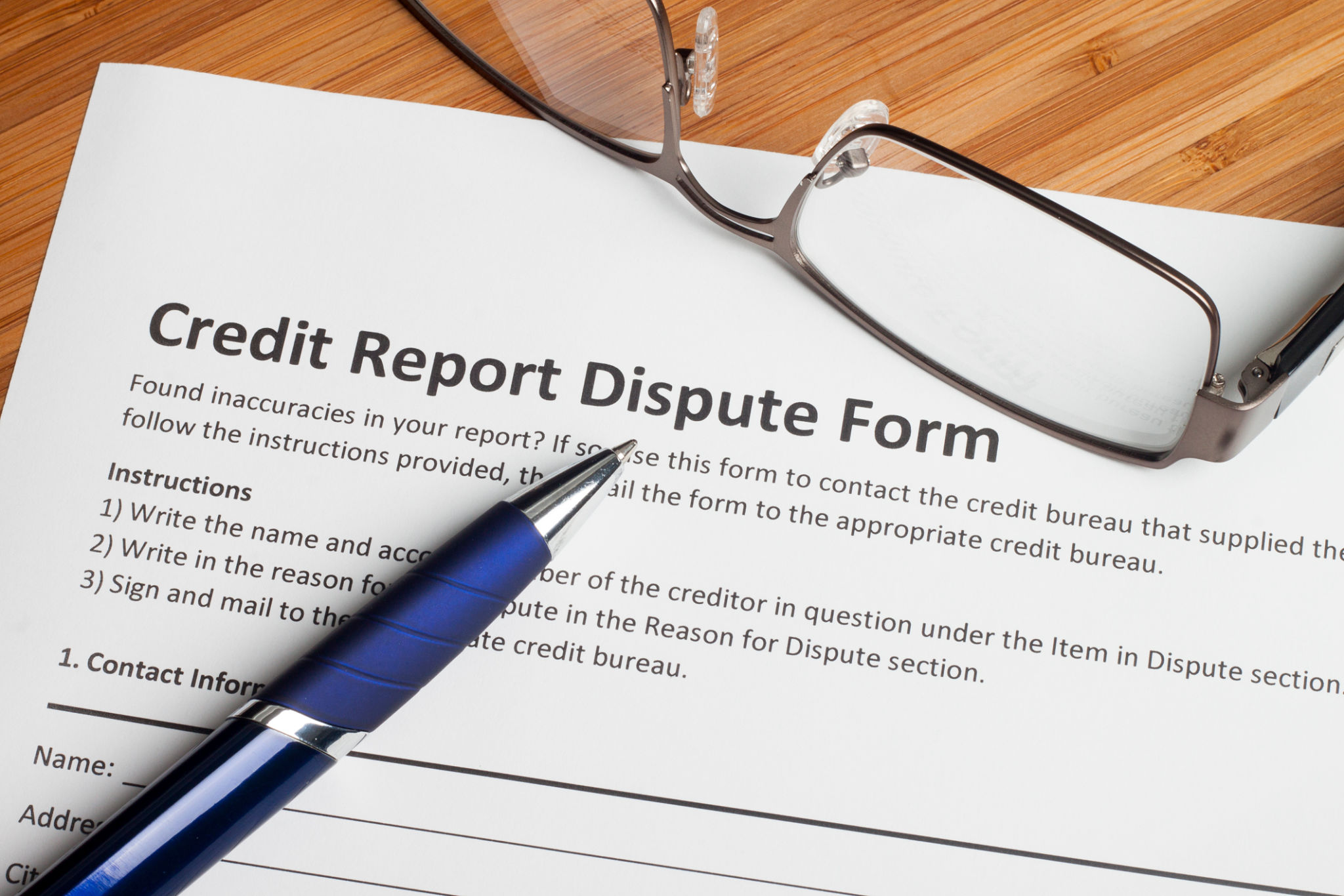How to Remove Negative Items from Your Credit Report: A Step-by-Step Guide
Understanding Negative Items on Your Credit Report
Your credit report is a crucial financial document that can significantly impact your financial health. Negative items on your credit report, such as late payments, charge-offs, or bankruptcies, can lower your credit score and affect your ability to secure loans or favorable interest rates. It’s essential to understand what these negative items are and how they impact your credit.

Step 1: Obtain Your Credit Report
The first step in removing negative items from your credit report is to obtain a copy of it. You are entitled to one free credit report per year from each of the three major credit reporting agencies: Equifax, Experian, and TransUnion. Visit AnnualCreditReport.com to get your free reports. Review each report carefully for any inaccuracies or outdated information.
Step 2: Identify and Dispute Errors
Once you have your credit reports, identify any errors such as incorrect account details or misreported late payments. If you find discrepancies, you can dispute them with the credit bureau. Write a formal dispute letter that includes a detailed explanation of the error and any supporting documentation. The credit bureau is required to investigate your claim and respond within 30 days.

Step 3: Negotiate with Creditors
If the negative items on your report are accurate but still damaging, consider negotiating with your creditors. You can request a "pay for delete" arrangement, where you agree to pay off a debt in exchange for the creditor removing the negative item from your report. Alternatively, you might negotiate a settlement where the creditor agrees to update the status of the account once settled.
Step 4: Work with a Credit Repair Company
If managing disputes and negotiations on your own feels overwhelming, you may consider hiring a reputable credit repair company. These companies specialize in disputing errors and negotiating with creditors on behalf of consumers. However, be cautious and research thoroughly to avoid scams. A legitimate company will explain your rights and won’t demand payment upfront.

Step 5: Monitor Your Progress
After disputes are resolved or negotiations are successful, it's important to monitor your credit reports regularly. Ensure that agreed-upon changes are reflected in your reports and that no new errors appear. Regular monitoring can help you maintain healthy credit and swiftly address any new issues that arise.
Building Healthy Credit Habits
While removing negative items is crucial, it’s equally important to build positive credit habits for the future. Make timely payments on all your accounts, keep credit card balances low relative to their limits, and avoid opening unnecessary new accounts. These practices can help improve your credit score over time.

In conclusion, removing negative items from your credit report requires diligence and patience. By following these steps and maintaining good financial habits, you can work towards improving your credit score and securing a healthier financial future.